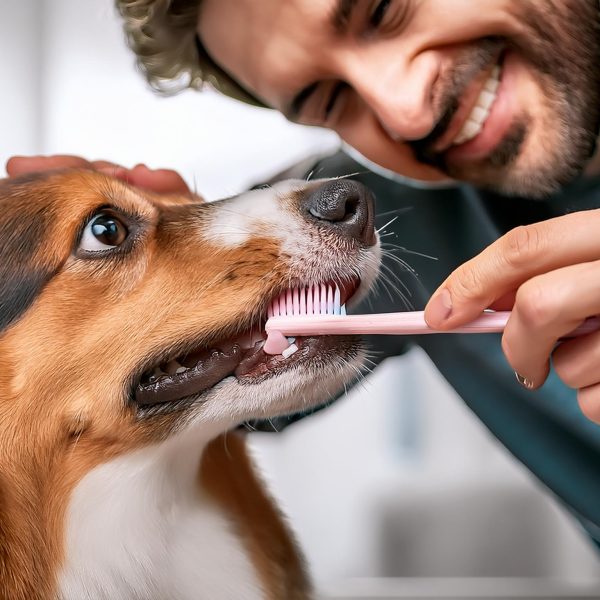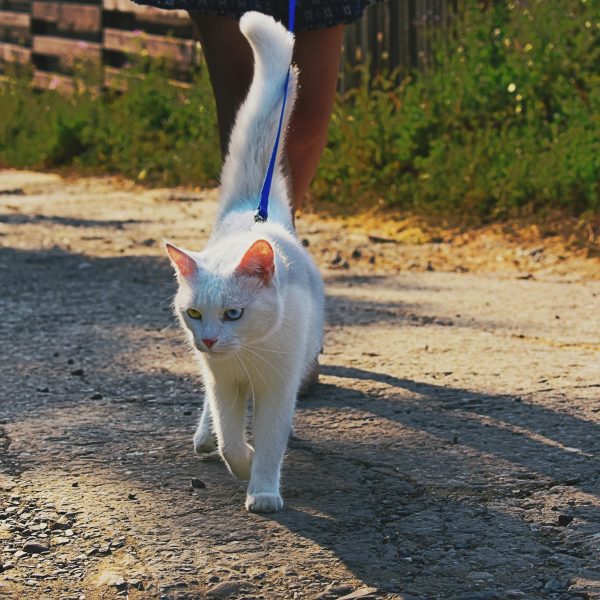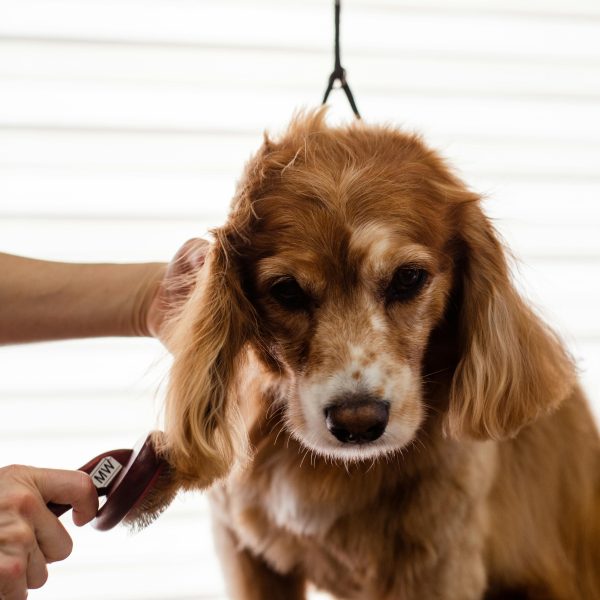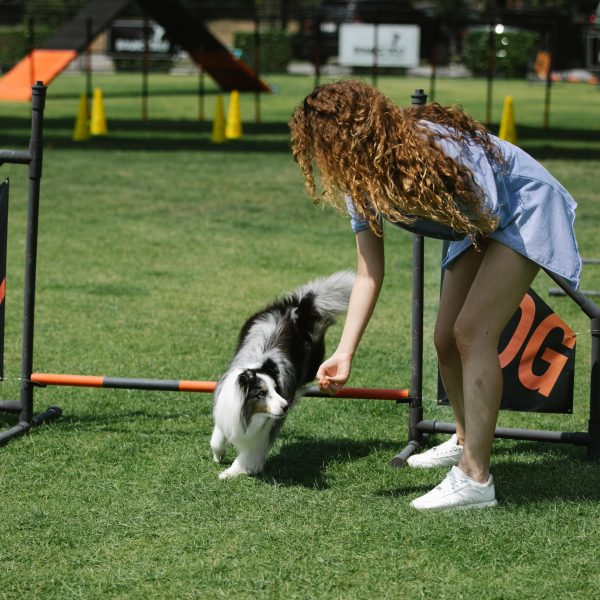Our beloved pets bring us immeasurable joy, unwavering companionship, and an abundance of unconditional love. Whether you are a devoted dog owner, a passionate cat enthusiast, or an admirer of any other type of furry friend, ensuring the well-being of your cherished companions is of utmost importance. Amidst all the aspects of care we prioritize for our pets, it is vital not to overlook the significance of proper nail and paw maintenance. By tending to their nails and paws, we not only ensure their comfort but also play a pivotal role in promoting their overall health and mobility.
Understanding the Significance of Nail and Paw Maintenance
Just as humans require grooming to stay healthy and content, our pets also need diligent attention paid to their nails and paws. Neglecting these areas can lead to a range of discomforts and problems for our beloved companions. Overgrown nails, for instance, can impact their posture and cause not only discomfort but also pain. Furthermore, extended nails are prone to splitting or breaking, which can lead to injuries or infections.
The significance of maintenance extends beyond just the nails; we must also consider the well-being of their paw pads. These soft cushions on the underside of your pets’ paws act as protective shields against various surfaces and extreme temperatures. If these paw pads become cracked or damaged, they can cause persistent discomfort while hindering your pets’ mobility and overall happiness.
Tips for Nail Care
1. Regular Trimming: Keeping a schedule for trimming your pets’ nails is an essential aspect of responsible pet care. The frequency of nail trimming depends on the type of pet and their activity level. Generally, dogs that spend time outdoors will naturally wear down their nails to some extent. However, indoor pets may require more frequent nail trimming.
2. Choosing the Right Tools: Investing in high-quality nail clippers or grinders specifically designed for pets is crucial. There are various types available, such as guillotine-style clippers or scissor-style clippers. Choose the tool that you and your pet feel most comfortable using.
3. Mastering the Technique: If you are new to nail trimming, consider seeking a demonstration from your veterinarian or a professional groomer. Cutting too close to the quick (the sensitive part of the nail) can lead to bleeding and discomfort.
4. Getting Your Pet Used To It: Introduce your pet to the nail trimming tools at an early stage in their life to reduce anxiety and resistance during nail trimming sessions. Associate positive experiences with the process by rewarding them with treats and praise.
Tips for Caring for Paws
1. Regular Check-ups: Make it a habit to routinely examine your pets’ paws for any signs of injury, swelling, or foreign objects stuck between their paw pads. Early detection can prevent minor issues from escalating into major problems.
2. Keeping Paw Pads Moisturized: In cold climates, paw pads can become cracked and dry. Using pet-safe moisturizers can help keep their paw pads supple. Avoid using products intended for humans, as certain ingredients can be harmful to pets.
3. Protecting Paw Pads: During extreme weather conditions, it is crucial to protect your pets’ paw pads from harsh surfaces like hot pavement or icy sidewalks. You can use specially designed booties for pets to create a barrier between their paws and the ground.
4. Trimming Fur Between Paw Pads: Some pets have fur that grows between their paw pads. Regularly trimming this fur can help prevent matting and the accumulation of dirt and debris.
Seeking Professional Assistance
While maintaining nail and paw care at home is essential, there are instances where seeking professional help becomes necessary. Veterinarians, groomers, and pet care specialists possess the expertise and specialized tools needed to handle these tasks, especially when dealing with anxious or resistant pets.
Recognizing Signs of Trouble
Staying vigilant and observing your pet for signs of nail or paw-related issues is crucial. Here are some signs to watch out for:
- Limping or Favoring a Paw: If your pet is limping or avoiding putting weight on a paw, it could be indicative of discomfort or injury.
- Excessive Chewing: Pets often chew at their paws when they are in pain or discomfort.
- Bleeding or Swelling: Any signs of bleeding or swelling around the nails or paw pads should be addressed immediately.
Conclusion
Caring for your pets’ nails and paws is an integral part of responsible pet ownership. It is not just about keeping them comfortable; it also significantly contributes to their overall well-being. To ensure that your pets’ nails and paws remain in optimal condition, follow the tips provided in this comprehensive guide. Remember that each pet is unique, so adapt your care routine based on their individual needs and preferences. By investing time and attention into your furry companions’ nail and paw care, you’ll strengthen the bond between you and create a healthier, happier life for your beloved pets.








